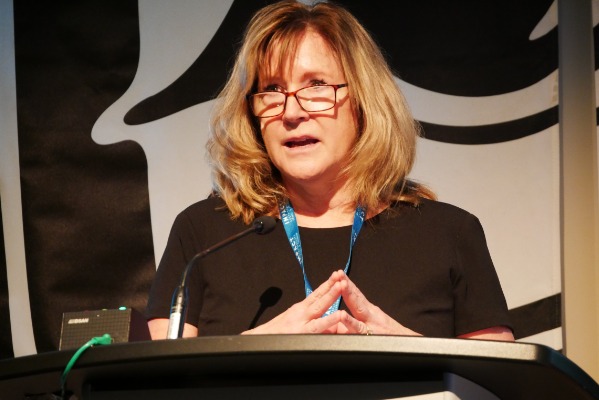IMPACT Reaches For Regenerative Tourism

Regeneration, reconciliation and decarbonization were all key watchwords during Day Two of the IMPACT Sustainability Travel and Tourism Conference, reports western editor Ted Davis, in attendance at the event.
Those concepts were all attended by an impressive roster of experts, executives and stake holders at the conference, which was convened in Victoria, BC. It ran until May 11 at the Victoria Convention Centre.
Regenerative tourism is quickly gaining momentum in lock step with the changing parameters of global travel. It is the natural next step for an industry that is evolving from stages like responsible tourism, eco-tourism and sustainable tourism. Now, some travellers are crafting their holidays around elements of work to help destinations recover from humanistic/mechanistic damage.
A definition offered at the conference says that regenerative tourism seeks to leave things better than we found them, creating a net-positive impact. Examples include building back soils and eco-systems to support climate change adaptation, carbon sequestration and biodiversity; creating conditions for employment where people can thrive while escaping the cycle of poverty; and creating cross-cultural respect and understanding of Indigenous peoples through truth and reconciliation.
Talented minds were marshalled to tackle human-generated problems – principally climate change – at the Clean Tech Solutions for Tourism session on Day Two. There, principals from seven companies each described unique and innovative ways that they are helping to save the planet.
For instance, Frontiers North Adventures in Churchill reviewed how it has taken on the challenge of converting “tundra buggies” from fossil fuels to electric power, and maintaining the vehicles under severe Arctic conditions. The converted fleet will end the production of 3,600 tonnes of greenhouse gases over the next 25 years, said a company rep. “And the silence is a huge factor,” said John Gunter, president of Frontiers North Adventures.
FortisBC described how it was working on the development of home and business energy systems that will use methane gas, or renewable natural gas. A target of 75% usage of methane “in the pipes” by 2050 is a goal that will help wipe out greenhouse gases, said FortisBC.
First Light Technologies of Victoria reviewed how it is pushing the limits of solar lighting technology, with systems that are now in use in the lighting of 1,000 cities and towns across the U.S. and Canada. Lights that need “just a few hours of sunlight” are reliable and resilient under all weather conditions, said the company.
And Air Canada explained that it is one of the hardest industries to decarbonize while continuing to fly its aircraft. Its holy grail is to develop and certify sustainable aviation fuels, or SAFs, and the carrier indicated that it is making steady progress on that road. It has a goal to accelerate the deployment and use of SAF technologies to reach 10% of global jet aviation fuel supply by 2030.
The IMPACT Sustainability Travel and Tourism Conference concluded on May 11.
In The Photo
Teresa Ehman, senior director for Environmental Affairs at Air Canada, describes efforts to develop cleaner sustainable aviation fuels, or SAFs.


